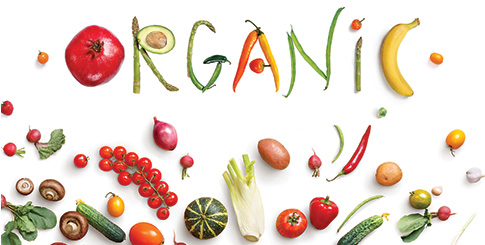That said, Mexican consumers, many of them millennials, are basing more purchase decisions on organic foods. They are also more financially secure and willing to pay a premium for organic products. But as distribution channels improve and expand, organics are making their way to more stores across the retail spectrum, providing better availability and pricing.
And as talks proceed to update or modernize the North American Free Trade Agreement or NAFTA, it’s unclear how changes to the pact might affect organic standards and regulations between the countries. The Organic Trade Association (OTA), a Washington, DC-based industry group, has expressed a preference for maintaining the current equivalency arrangement with Canada, which allows for produce certified as organic in Canada to be sold as certified organic in the United States.
In the case of Mexico, the OTA wants to be able to negotiate a Mexico arrangement directly, outside the rules of NAFTA. As things currently stand, organic imports from Mexico to the United States have to follow U.S. standards and be certified by U.S. inspectors. pricing and parity
Despite the growth of the organic sector, pricing remains high, and that’s either a positive or negative depending on your position within the supply chain. With some exceptions, organics still tend to be more expensive than conventional to produce, ship, and sell.
“The price premium really helps incentivize growers to stick with organic standards,” comments Nelly Czajkowski, organic manager at Boston-based DiSilva Fruit. “There’s more than just the pesticide aspect to organic farming. It’s the way you manage the farm and what you put back into the land.”
Bob Borda, vice president of organic sales at Grimmway Farms in Bakersfield, CA, agrees, noting that stricter regulations and a surge in water and labor costs continue to present challenges for organic growers, and receiving higher prices can help. “The practices associated with organic farming and production come with relatively high costs,” he points out. “Most of our crops are hand-weeded, hand-harvested, and hand-packed, and the materials we use to grow, pack, and ship organic produce are more cost-prohibitive than those used for conventional commodities.”
Some products like carrots and certain greens have become very competitive on price. And as Czajkowski notes, the move to hothouse growing, which helps to feed a population hungry for produce in or out of season, might also introduce a new level of price competitiveness.
Chris Pitsikoulis, of Fruits et Légumes Gaéton Bono Inc. in Montreal, is the company’s main buyer and leads the export program. He believes the price gap has been shrinking and prices will drop even further because the cost of growing organic is dropping as well. “Growers are using techniques like natural pesticides and companion plants, and this is reflected in bigger production and a better-quality product,” he explains. “They’re producing more, and it costs them less.”



